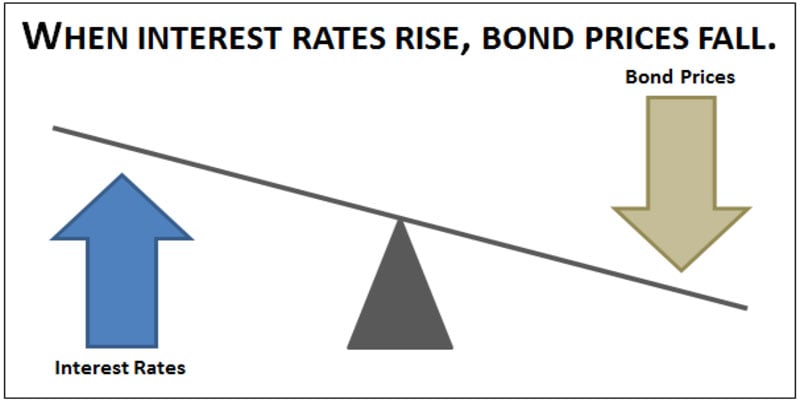Advertisement
Advertisement
Net Profit Margin: An Overview
Nov 30, 2024 By Kelly Walker
Net profit margin is a measurement of the amount of net income or profit earned as a proportion of total sales. It is the proportion of an organization's or business segment's net profits to its total revenues.
The term "net profit margin" is often written out as a percentage; however, it may also be written out as a decimal. A corporation may calculate its net profit margin by determining what percentage of each dollar sales it brings is converted into profit.
Understanding Net Profit Margin
The percentage of a company's revenue retained as net profit is one of the most crucial measures of how healthy its finances are. An organization can evaluate the efficacy of its existing business procedures and project future profits based on revenue if it monitors both growth and declines in the net profit margin.
Comparing the profitability of two or more firms of varying sizes is feasible because businesses describe their net profit margin as a % rather than a dollar number. This makes it possible to compare the profitability of both large and small organizations. This measure takes into account all aspects of a company's business operations, including the following:
- Total revenue
- Other potential sources of income
- SG&A, in addition to other operating costs
- Interest expenditure on debt commitments
- Earnings from investments, as well as those from secondary activities
- One-time payments made in response to extraordinary occurrences, such as taxes or litigation.
Investors can determine whether or not a business's management can generate a sufficient profit from the company's sales and whether or not the firm's operational expenses and overhead costs are being managed. For instance, a business may be seeing an increase in sales, but if its operational expenses are rising at a higher pace than its income, the net profit margin for the business will decrease. Investors want to see a track record of increasing margins, which means that the net profit margin is improving over time. This is the ideal scenario for investors.
Most publicly listed firms disclose their net profit margins quarterly, as part of their earnings announcements, and annually, inside their annual reports. Companies that can increase their net margins over time are frequently rewarded with an increase in their share price. This is because an increase in share price is normally significantly connected with an increase in profits.
Gross Profit Margin vs. Net Profit Margin
A company's gross profit margin may be defined as the percentage of revenue after deducting the cost of items sold from that revenue. COGS excludes overhead expenses such as rent, utilities, freight, and payroll from its calculation, as these are not directly related to the production of the company's primary product.

After considering the income that must be paid for the cost of products, the gross profit margin may be calculated by dividing the gross profit by the total revenue. This figure represents the proportion of revenue that is kept as profit. When calculating the amount of profit that is made from the manufacture of a company's products, it is important to look at the gross margin since this number does not take into account other costs, such as those associated with the corporate office, taxes, or interest payments on a loan. On the other hand, the ratio of a company's net profit to its sales is referred to as the net profit margin.
Limitations of Net Profit Margin
One-time events, such as the sale of an asset, may have a momentary impact on a company's net profit margin. This has the effect of momentarily increasing earnings. The net profit margin does not give insight into whether management effectively controls manufacturing costs or provides any information about sales or revenue growth.
When analyzing a corporation, it is in a reader's best interest to use several different ratios and financial measurements. Along with gross profit margin and operating profit margin, the net profit margin is frequently used in the financial analysis process.
How Can Company Improve Its Net Profit Margin?
Although there is a large variation in the average net margin across various sectors, firms may obtain a competitive edge by expanding their customer base or cutting costs (or both). However, increasing sales often necessitate spending more money to accomplish this goal, which results in increased expenditures.

Cutting too many expenses may lead to unintended consequences, such as the loss of competent staff, the switch to less desirable materials, or other reductions in quality. Numerous companies have found that expanding their operations has proven to be the most successful cost to lower production costs without compromising product quality. "economies of scale" refers to the notion that bigger businesses often have a higher profit margin.

How to Trade Orange Juice Options

An Overview of the Vanguard Cash Reserves Federal Money Market Fund

The Inverse Connection Between Interest Rates And Bond Prices

Review of Allstate Home Insurance

Net Profit Margin: An Overview

I Make $100k a Year: How Much Rent Can I Afford?

How to Calculate the Return on Investment (ROI) of a Marketing Campaign

What Is a Contingent Liability?



